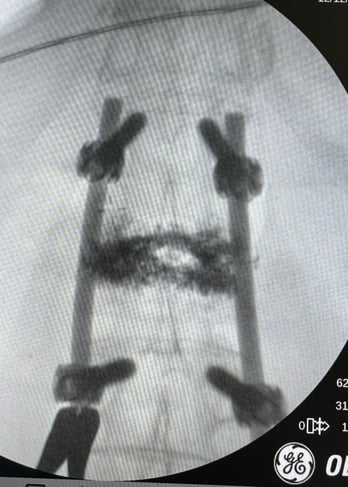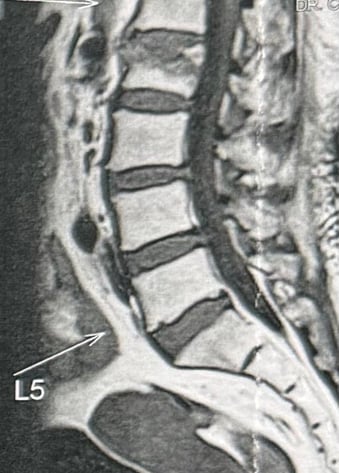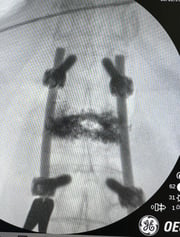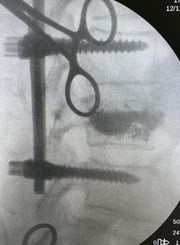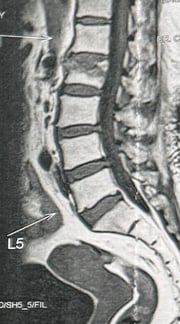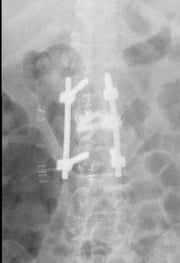Understanding Vertebroplasty and Spinal Fusion: A Comprehensive Guide
Understanding Vertebroplasty & Spinal Fusion: A Case Study Spinal Recovery & Outcomes: With proper rehabilitation, patients can experience significant pain relief and regain mobility within weeks to months. Read the full blog to learn how these advanced spinal procedures help patients restore their quality of life. 🏥✨ 📖 Read more #SpineCare #Vertebroplasty #SpinalFusion #BackPainRelief #OrthopedicSurgery
Richard Condor
3/9/20252 min read

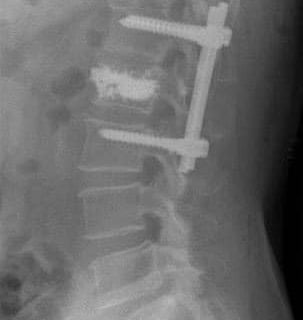
Introduction to Vertebroplasty and Spinal Surgery
In the realm of spinal injuries, vertebral fractures are common, particularly among older adults. A notable case involves a 58-year-old female who experienced a significant fracture in her L2 vertebra following a fall. To address the injury effectively, she underwent two critical procedures: vertebroplasty and a short-segment percutaneous posterior spinal fusion from L1 to L3. This blog post aims to provide a comprehensive understanding of these procedures, focusing on their purpose, techniques, and outcomes.
What is Vertebroplasty?
Vertebroplasty is a minimally invasive surgical procedure designed to stabilize vertebral fractures, particularly those caused by osteoporosis. The objective of this procedure is to alleviate pain and restore stability to the affected vertebra. During vertebroplasty, a special medical cement is injected directly into the fractured vertebra, providing immediate structural support.
In the case of our patient, vertebroplasty was essential to stabilize her L2 fracture quickly. By increasing the strength of the vertebra, vertebroplasty plays a crucial role in reducing pain and enhancing mobility in individuals who suffer from such injuries. Moreover, patients often report significant pain relief shortly after the procedure.
Understanding Spinal Fusion Techniques
While vertebroplasty addresses the immediate stabilization of the fractured vertebra, spinal fusion involves a more extensive technique aimed at restoring alignment and stability in the spine as a whole. In our example, the patient underwent a short-segment percutaneous posterior spinal fusion from L1 to L3, which involved fusing three vertebrae to provide enhanced support and stability to her injured spine.
This procedure was critical in ensuring proper alignment of the spine and preventing any future complications arising from instability. During spinal fusion, surgeons typically use bone grafts and instrumentation such as screws and rods to facilitate the fusion process. The bone graft aids in the healing and fusion of the vertebrae, eventually creating a solid bony union.
Recovery and Expected Outcomes
Following these procedures, recovery is a vital phase for patients. Typically, patients are encouraged to engage in physical therapy to strengthen the surrounding muscles and improve overall mobility. The recovery process varies from person to person; however, many report a significant improvement in pain levels and functionality within weeks to months after surgery.
It is essential for patients to follow their healthcare provider's recommendations during rehabilitation to achieve the best possible outcomes from vertebroplasty and spinal fusion. With proper care and diligent rehabilitation, many patients can return to their daily activities, experiencing a better quality of life following their spinal injuries.
In conclusion, for individuals like the 58-year-old female discussed in this blog post, procedures such as vertebroplasty and spinal fusion are invaluable tools in managing vertebral fractures. These interventions not only alleviate pain but also restore stability and function, allowing patients to regain control of their lives.
